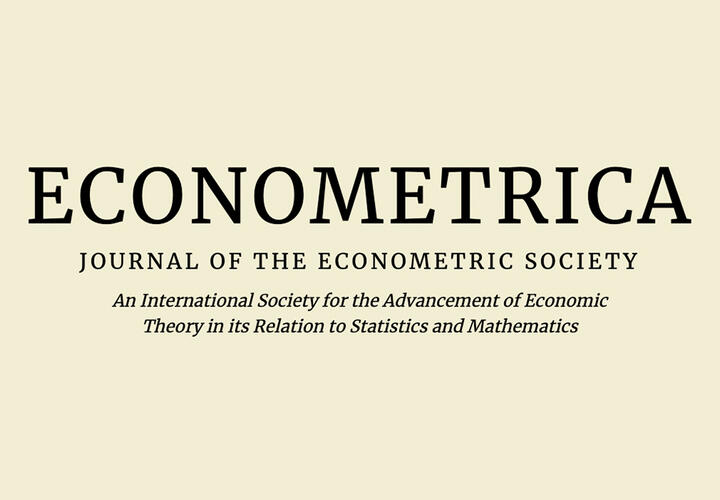Journal Publication
Presidential Address: Demand-Side Constraints in Development. The Role of Market Size, Trade, and (In)Equality
Goldberg, P.K. and Reed, T. (2023), Presidential Address: Demand-Side Constraints in Development. The Role of Market Size, Trade, and (In)Equality. Econometrica, 91: 1915-1950.
